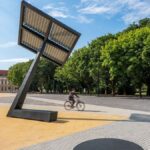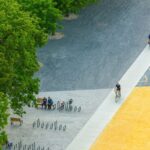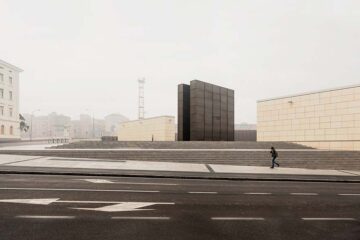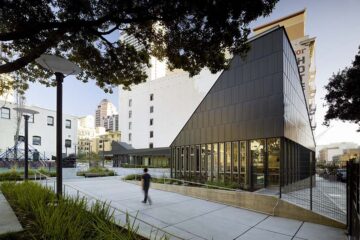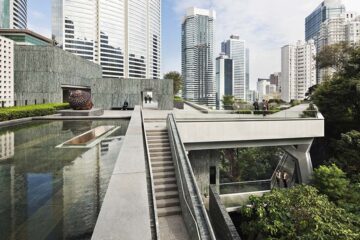Revitalizing Public Space: The Transformation of Zrinski Square

In Koprivnica, Croatia, the architectural firm NFO has spearheaded the revitalization of Zrinski Square, transforming it into a vibrant and dynamic urban hub. Completed in 2023, the project reimagines the square as a multifunctional space that celebrates community engagement and local identity.
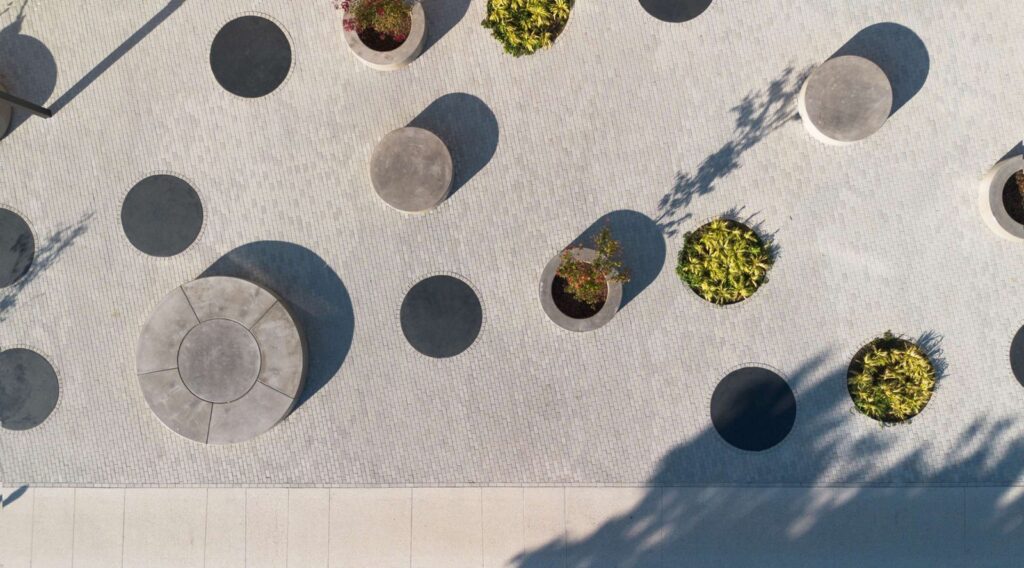
Understanding the Existing Condition
Zrinski Square is situated within a larger architectural complex comprising Ban Jelačić square, the market square, and the main city square Zrinski. Each zone possesses unique characteristics and potentials, contributing to the broader system of public spaces in Koprivnica. However, Zrinski Square, historically defined by its transit-oriented nature, lacked a sense of place and community cohesion.
Conceptual Framework
The revitalization of Zrinski Square is guided by the acceptance of flow as a fundamental aspect of urban life. Embracing the square’s role as a thoroughfare for cyclists and pedestrians, the project creates smaller zones within the square, each tailored to the surrounding context and activities. By employing diverse urban equipment, lighting, and paving techniques, the square is transformed into a patchwork of inviting spaces that cater to the needs and habits of Koprivnica’s residents.
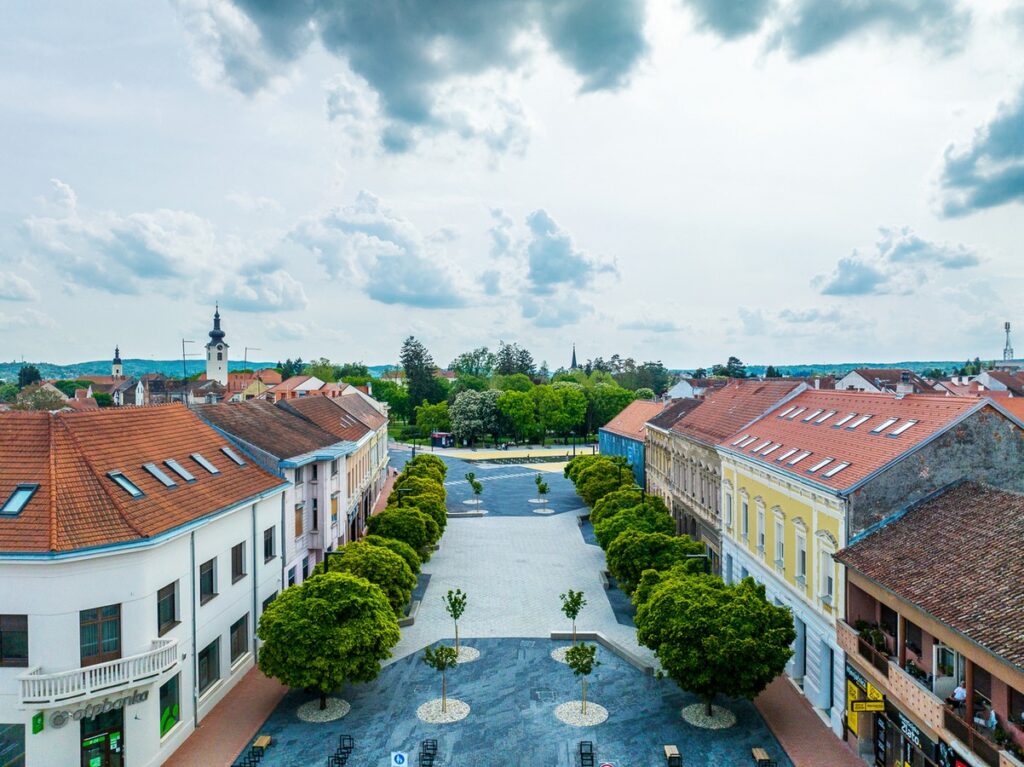
Project Implementation
The redesigned Zrinski Square is organized into twelve smaller zones, each carefully curated to enhance its micro-ambiance. For instance, areas in front of galleries feature pedestals for exhibitions, while spaces under maple trees serve as venues for summer events. Concrete pavers of varying colors and textures are utilized to create visual interest and reflect the architectural heritage of the surrounding buildings.
Enhancing Urban Experience
Key features of the revitalized square include pathways adorned with reddish paving stones reminiscent of old brick roads, multifunctional gathering zones distinguished by ocher-yellow hues, and mosaics inspired by Podravina embroidery. A central bicycle lane, symbolized by an “X” pattern, intersects the square, emphasizing the integration of cycling infrastructure into the urban fabric.

Embracing Community Engagement
Urban amenities such as wooden benches, bike racks, and a solar-powered charging station encourage social interaction and outdoor activities. Sculptures, including a new monument to cyclists, celebrate the city’s cultural heritage and promote a sense of belonging among residents. Furthermore, the introduction of horticultural elements enhances the square’s visual appeal and ecological sustainability.
Conclusion
The revitalization of Zrinski Square represents a holistic approach to urban design, blending aesthetic considerations with functional requirements and community aspirations. By reimagining public space as a dynamic and inclusive environment, the project exemplifies the transformative potential of collaborative urban interventions in fostering vibrant and resilient communities.












